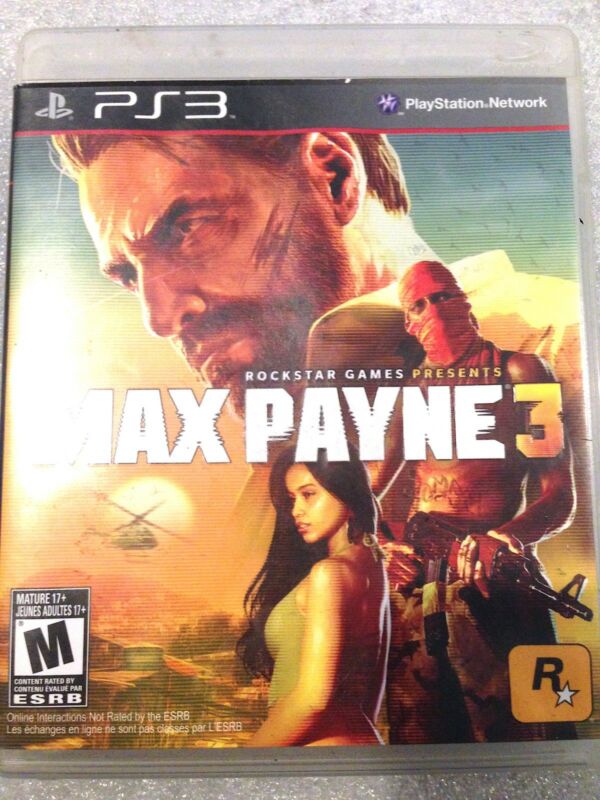

It keeps things straightforward and uncluttered. And if you choose to dual-wield, you’re forced into dropping the larger, potentially more powerful weapon. Although there are a range of distinctive weapons in the game, you can only carry two side-arms and one two-handed weapon at any given time. Ultimately, it’s a trade-off, and if you buy into Max’s plight, cut scenes become engrossing, and it’s joy to see them bleed seamlessly into the furious action. And it’s easy to see how their frequency may prove too intrusive some players might feel that control is being taken away from them too soon or given back a little too late. Consequently, the game is heavily punctuated by cut scenes – some brief, some quite long. It’s not that Max Payne 3’s gameplay is substandard – far from it – but it’s always firmly in the service of its overarching narrative. Maybe that’s a tacit criticism in itself. Almost half-way through this review, and I’ve yet to mention gameplay. Throughout the game, you're never sure if Payne's searching for absolution, trying to save another man's wife, or if he's really on a protracted suicide mission, trying to embrace his own destruction. It’s gnarled and bitter, as you would expect – he effortlessly delivers the script’s many Chandlerlisms with calloused cynicism – but it’s also a surprisingly nuanced turn. And nowhere is this better exemplified than in James McCaffrey’s standout performance as Max Payne. Max Payne 3 does the latter – it’s a game that is fully literate in the genre of which it strives to be a part, and judged on those terms it’s one of the finest executions of game noir to date.

If you’re not a fan of genre fiction, you might find the supporting cast risibly generic, the plot a bit flimsy, but there’s a marked difference between using archetypal characters because you’re creatively spent and deliberately tapping into a rich tradition. The non-linear narrative, the cast of suspicious characters, a plot twisted by deception and corruption – it’s all present and correct.
Max payne 3 ps3 price series#
But it’s not just stylish gloss – like everything in the game, it feeds into the characterisation of Max, emphasising his jaded disconnection from the world around him.ĭespite swapping the shadows for the sun, the series hasn’t lost its hardboiled heritage. Initially, it all seems a bit much, too noisy and distracting, but after a while you acclimatise and it becomes part of the game’s distinctive texture. The change of location is underscored by a raft of cinematic effects: scan lines, chromatic aberration, shifting film stock. Unsurprisingly, things don’t work out for Max: Rodrigo’s trophy wife, Fabiana, is kidnapped on Max’s watch, which sets in motion a chain of events that draws Max into a much larger, more sinister story. The rundown tenements and shadowy sidewalks of New York have been replaced by the hedonistic nightclubs and baking heat of São Paulo, where Max has taken a job working private security for wealthy businessman Rodrigo Branco. Ostensibly, Max Payne 3 looks very different from its predecessors. And though these choices have significant consequences on the game’s pacing that may prove divisive, Max Payne 3 is overall a brilliant, darkly-engrossing third outing for one of video games' most troubled characters. To move on would be to forget – a betrayal of those he loved – and so instead he chooses to wallow in the past and the pain, with the help of brown liquor and white pills.īut thankfully, Max Payne 3 isn’t content to simply relive the past, and makes bold stylistic and narrative decisions to avoid stagnation. ‘Trauma’ is the key word – in Greek, it means ‘wound’, and Max is someone who has never let his fully heal. (It's all in the name.) Nine years have passed since the last game in the series, yet little has changed for its long-suffering protagonist, who remains deeply traumatised by the death of his wife and child. Max Payne has suffered beyond reasonable limits.


 0 kommentar(er)
0 kommentar(er)
